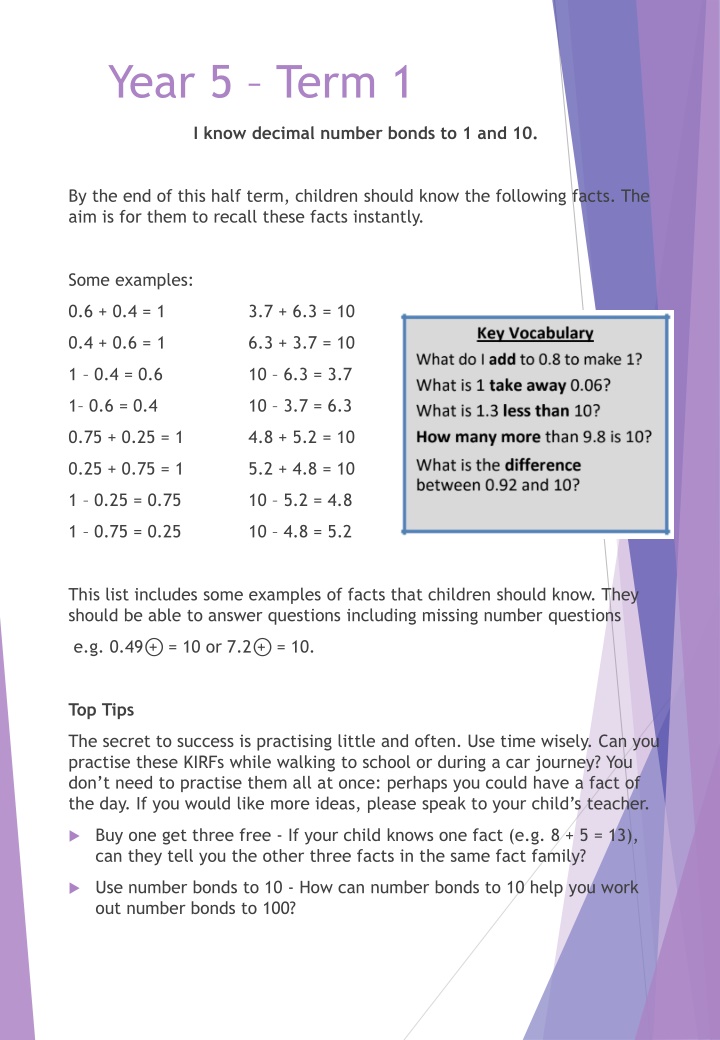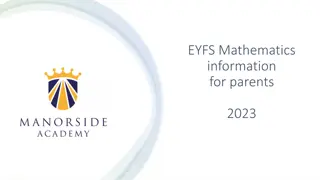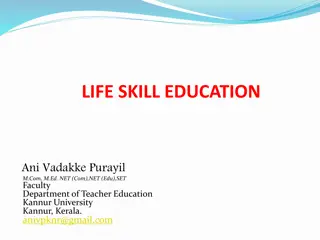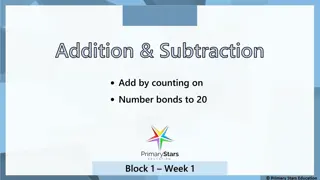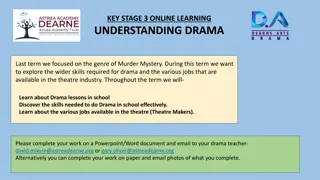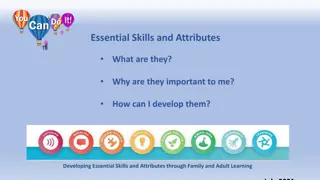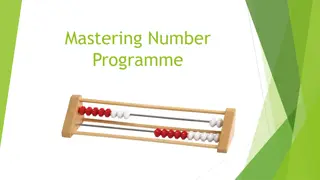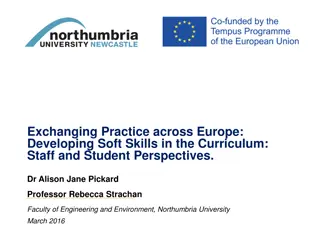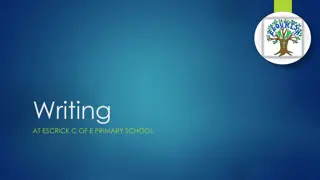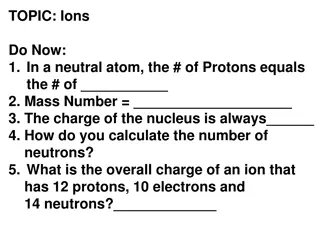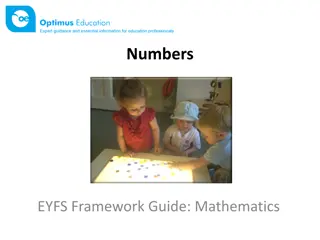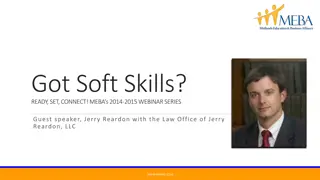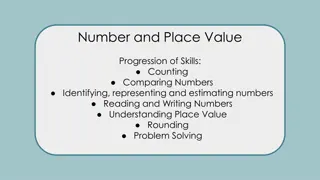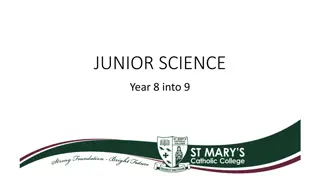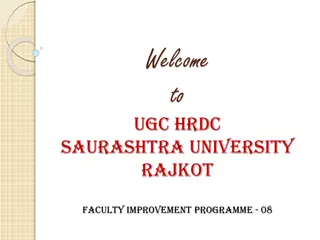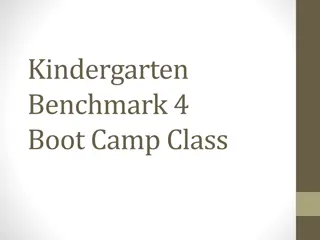Developing Number Skills in Year 5
Children in Year 5 will be learning decimal number bonds, multiplying and dividing by 10 and 100, identifying prime numbers up to 20, and recalling square numbers up to 122. The aim is for students to recall these mathematical facts instantly, with practical tips provided for effective learning. The content emphasizes consistent practice in order to achieve fluency in these key concepts.
Download Presentation

Please find below an Image/Link to download the presentation.
The content on the website is provided AS IS for your information and personal use only. It may not be sold, licensed, or shared on other websites without obtaining consent from the author.If you encounter any issues during the download, it is possible that the publisher has removed the file from their server.
You are allowed to download the files provided on this website for personal or commercial use, subject to the condition that they are used lawfully. All files are the property of their respective owners.
The content on the website is provided AS IS for your information and personal use only. It may not be sold, licensed, or shared on other websites without obtaining consent from the author.
E N D
Presentation Transcript
Year 5 Term 1 I know decimal number bonds to 1 and 10. By the end of this half term, children should know the following facts. The aim is for them to recall these facts instantly. Some examples: 0.6 + 0.4 = 1 3.7 + 6.3 = 10 0.4 + 0.6 = 1 6.3 + 3.7 = 10 1 0.4 = 0.6 10 6.3 = 3.7 1 0.6 = 0.4 10 3.7 = 6.3 0.75 + 0.25 = 1 4.8 + 5.2 = 10 0.25 + 0.75 = 1 5.2 + 4.8 = 10 1 0.25 = 0.75 10 5.2 = 4.8 1 0.75 = 0.25 10 4.8 = 5.2 This list includes some examples of facts that children should know. They should be able to answer questions including missing number questions e.g. 0.49 + = 10 or 7.2 + = 10. Top Tips The secret to success is practising little and often. Use time wisely. Can you practise these KIRFs while walking to school or during a car journey? You don t need to practise them all at once: perhaps you could have a fact of the day. If you would like more ideas, please speak to your child s teacher. Buy one get three free - If your child knows one fact (e.g. 8 + 5 = 13), can they tell you the other three facts in the same fact family? Use number bonds to 10 - How can number bonds to 10 help you work out number bonds to 100?
Year 5 Term 2 I can multiply and divide single-digit numbers by 10 and 100. By the end of this half term, children should know the following facts. The aim is for them to recall these facts instantly. 7 10= 70 30 10 = 300 0.8 10 = 8 10 7= 70 10 30 = 300 10 0.8 = 8 70 7= 10 300 30 = 10 8 0.8 = 10 70 10 = 7 300 10 = 30 8 10 = 0.8 6 100= 600 40 100 = 4000 0.2 10 = 2 100 6= 600 100 40 = 4000 10 0.2 = 2 600 6= 100 4000 40 = 100 2 0.2 = 10 600 100 = 6 4000 100 = 40 2 10 = 0.2 These are just examples of the facts for this term. Children should be able to answer these questions in any order, including missing number questions e.g. 10 = 5 or 10 = 60. Top Tips The secret to success is practising little and often. Use time wisely. Can you practise these KIRFs while walking to school or during a car journey? You don t need to practise them all at once: perhaps you could have a fact family of the day. If you would like more ideas, please speak to your child s teacher.
Year 5 Term 3 I can identify prime numbers up to 20. By the end of this half term, children should know the following facts. The aim is for them to recall these facts instantly. A prime number is a number with no factors other than itself and one. The following numbers are prime numbers: 2, 3, 5, 7, 11, 13, 17, 19 A composite number is divisible by a number other than 1 or itself. The following numbers are composite numbers: 4, 6, 8, 9, 10, 12, 14, 15, 16, 18, 20 Children should be able to explain how they know that a number is composite. E.g. 15 is composite because it is a multiple of 3 and 5. Top Tips The secret to success is practising little and often. Use time wisely. Can you practise these KIRFs while walking to school or during a car journey? You don t need to practise them all at once: perhaps you could have a fact of the day. If you would like more ideas, please speak to your child s teacher. It s really important that your child uses mathematical vocabulary accurately. Choose a number between 2 and 20. How many correct statements can your child make about this number using the vocabulary above? Make a set of cards for the numbers from 2 to 20. How quickly can your child sort these into prime and composite numbers? How many even prime numbers can they find? How many odd composite numbers?
Year 5 Term 4 I can recall square numbers up to 122 and their square roots. By the end of this half term, children should know the following facts. The aim is for them to recall these facts instantly. Children should also be able to recognise whether a number below 150 is a square number or not. Top Tips The secret to success is practising little and often. Use time wisely. Can you practise these KIRFs while walking to school or during a car journey? You don t need to practise them all at once: perhaps you could have a fact of the day. If you would like more ideas, please speak to your child s teacher. Cycling Squares At http://nrich.maths.org/1151 there is a challenge involving square numbers. Can you complete the challenge and then create your own examples?
Year 5 Term 5 I can find factor pairs of a number. By the end of this half term, children should know the following facts. The aim is for them to recall these facts instantly. Children should now know all multiplication and division facts up to 12 12. When given a number in one of these times tables, they should be able to state a factor pair which multiply to make this number. Below are some examples: 24 = 4 6 42 = 6 7 24 = 8 3 25 = 5 5 56 = 7 8 84 = 7 12 54 = 9 6 15 = 5 3 Top Tips The secret to success is practising little and often. Use time wisely. Can you practise these KIRFs while walking to school or during a car journey? You don t need to practise them all at once: perhaps you could have a fact of the day. If you would like more ideas, please speak to your child s teacher. Think of the question One player thinks of a times table question (e.g. 4 12) and states the answer. The other player has to guess the original question. Use memory tricks For those hard-to-remember facts, www.multiplication.com has some strange picture stories to help children remember.
Year 5 Term 6 I can recall metric conversions. By the end of this half term, children should know the following facts. The aim is for them to recall these facts instantly. 1 kilogram = 1000 grams 1 kilometre = 1000 metres 1 metre = 100 centimetres 1 metre = 1000 millimetres 1 centimetre = 10 millimetres 1 litre = 1000 millilitres Top Tips The secret to success is practising little and often. Use time wisely. Can you practise these KIRFs while walking to school or during a car journey? You don t need to practise them all at once: perhaps you could have a fact of the day. If you would like more ideas, please speak to your child s teacher. Look at the prefixes Can your child work out the meanings of kilo-, centi- and milli-? What other words begin with these prefixes? Be practical Do some baking and convert the measurements in the recipe. How far? Calculate some distances using unusual measurements. How tall is your child in mm? How far away is London in metres?
